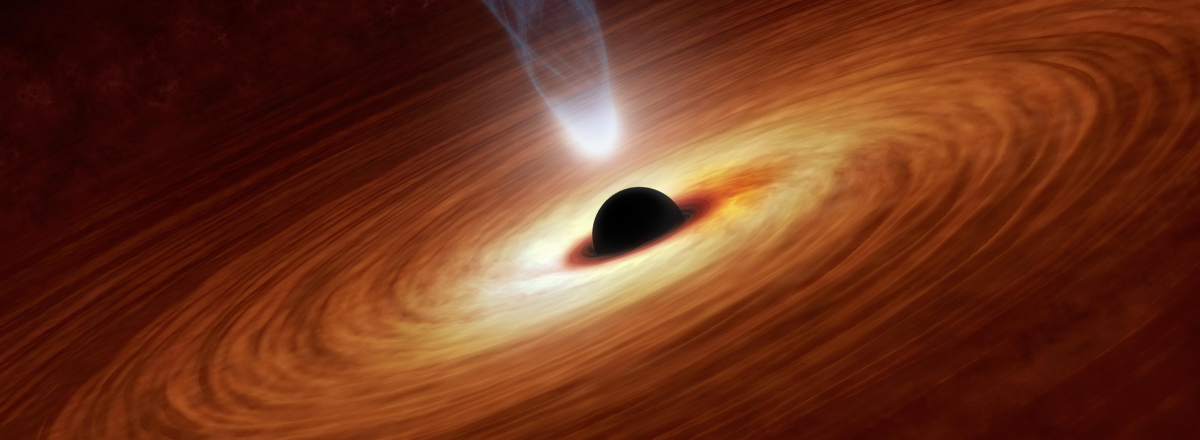Astronomers Measure Black Hole Spin Using Stellar Destruction
The method, which observes the interaction between the black hole and the star's remnants, could revolutionize our understanding of how black holes consume matter and evolve over time.

For the first time, astronomers have directly measured the rotation speed of a supermassive black hole by observing the tidal destruction of a star. The event, which resulted in the star being torn apart by the black hole's immense gravitational forces, provided crucial data for this measurement.
The black hole, situated about a billion light-years away, displayed a unique "wobble" in the accretion disk formed from the remnants of the destroyed star. This wobble is key to understanding the spin of the black hole. Researchers from the Massachusetts Institute of Technology (MIT) capitalized on this phenomenon to estimate the black hole's rotation speed, which was found to be approximately a quarter of the speed of light.
The method, which observes the interaction between the black hole and the star's remnants, could revolutionize our understanding of how black holes consume matter and evolve over time. The study focused on a black hole estimated to be 2.5 million times more massive than the Sun, with its rotational speed calculated based on the disk's dynamics and X-ray emissions observed every 15 days over 200 days.

